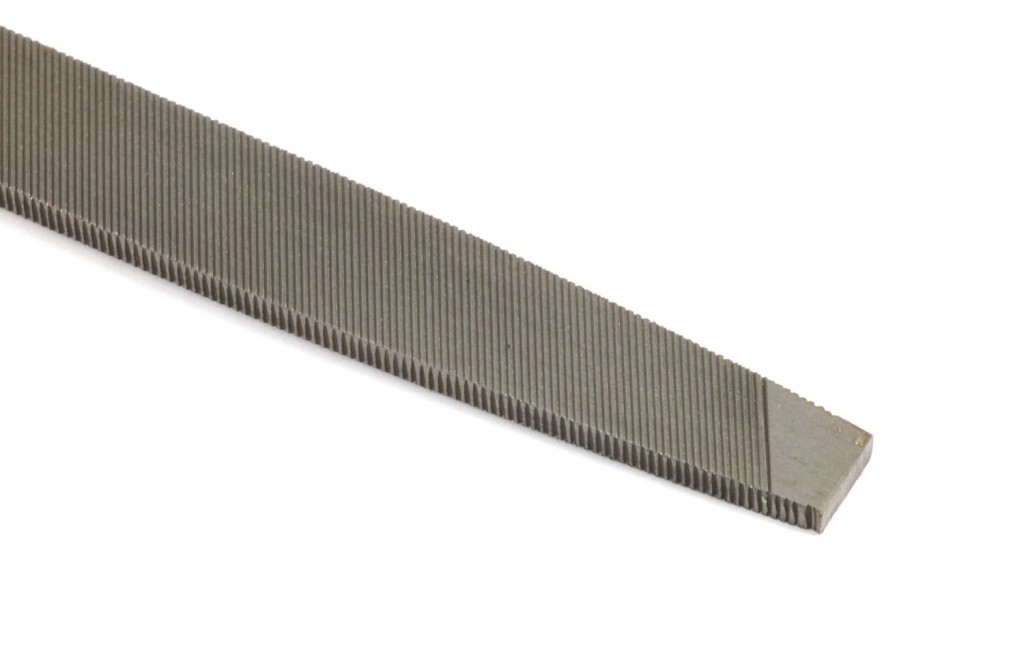 Now that all that holiday fuss is over, it’s time to get down to serious business: gardening.
Now that all that holiday fuss is over, it’s time to get down to serious business: gardening.
In the middle of winter? Well, sure, if you have a conservatory. You can be as busy as June, patrolling for insects and diseases, monitoring temperature, humidity and air circulation, and preening and primping your plants.
But even for those deprived of greenhouses, some gardening tasks are best done in winter. One is sharpening your tools.
Sharp, clean tools—not just pruners and loppers but shovels and hoes—are good for gardeners as well as plants. They are easier to use and slice cleanly, so cut branches and roots can heal better.
January is an ideal time to get this job done if you didn’t do it in the fall when you put the tools away. When it’s time to prune or dig, you’ll be ready.
For sharpening snips, pruners and loppers (which are just large, long-handled pruners), I use a small diamond file (sometimes called a diamond hone). It’s like an emory board, only instead of sand bonded to its surface it has fine diamond dust. A small, fairly narrow file is easiest to maneuver into the joint of the pruner blades.
Another very useful tool for sharpening is a vise or sturdy clamp to hold the work so you can use both hands in sharpening.
On bypass pruners, the ones that close like scissors, only one blade—the broader one with the outside curve—is sharp. Examine the blade and look for the bevel—the slight angle at which the front of the blade meets the back edge. As you draw your file along the blade, from the inside joint to the tip, keep the file at the same angle as the bevel.
Three or four passes should do it. Carefully feel the edge to see if it’s sharp. When you’re satisfied, make one pass along the other side of the blade to remove any tiny metal filings that might be left behind. Place a drop of light oil in the joint to lubricate it and wipe the pruners all over with a clean, soft rag and some of the oil, rubbing to remove any sap or other gunk from the blades. You’re done.
Sharpening shovels is a task that doesn’t occur to most people, although it makes a huge difference when you’re digging. Many people don’t even realize that shovels and hoes are deliberately sold dull for safety reasons; you’re supposed to sharpen them before you use them.
The tool to use here has the entertaining name of bastard mill file. It’s a long, tapered file, about 9 or 10 inches long, with a cutting surface formed of narrow, diagonal ridges. “Bastard” is an old term meaning the cut is fairly coarse.
Clamp the shovel in place with the blade upright and cupped away from you. Assuming you’re right-handed, hold the handle of the file in your left and grasp the tip of the file in your right.
Draw the file at an angle along the inside surface of the shovel blade from left to right, simultaneously pulling it from the tip toward the handle. Repeat this all around the curve of the shovel blade or along the straight edge of a spade or hoe.
If you’re left-handed, swap the directions.
Don’t bear down hard; depend on repetition rather than brute strength to remove metal and create a sharp edge.
Make a number of passes, pausing often to check for sharpness. When you’re satisfied, make one pass along the back edge to remove burrs.


